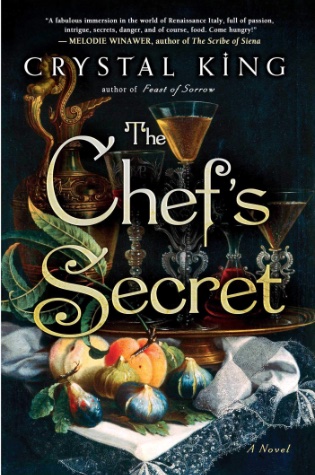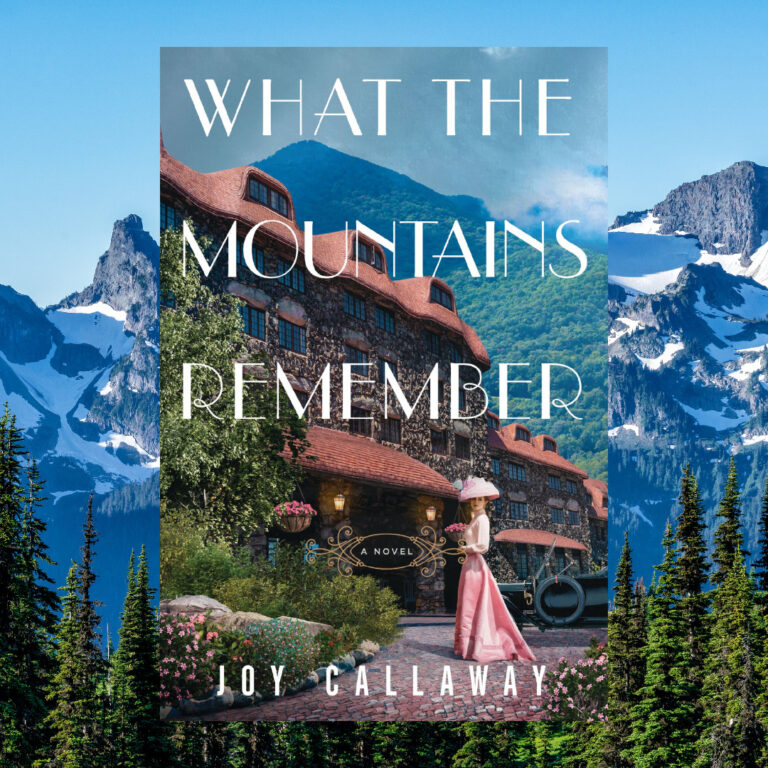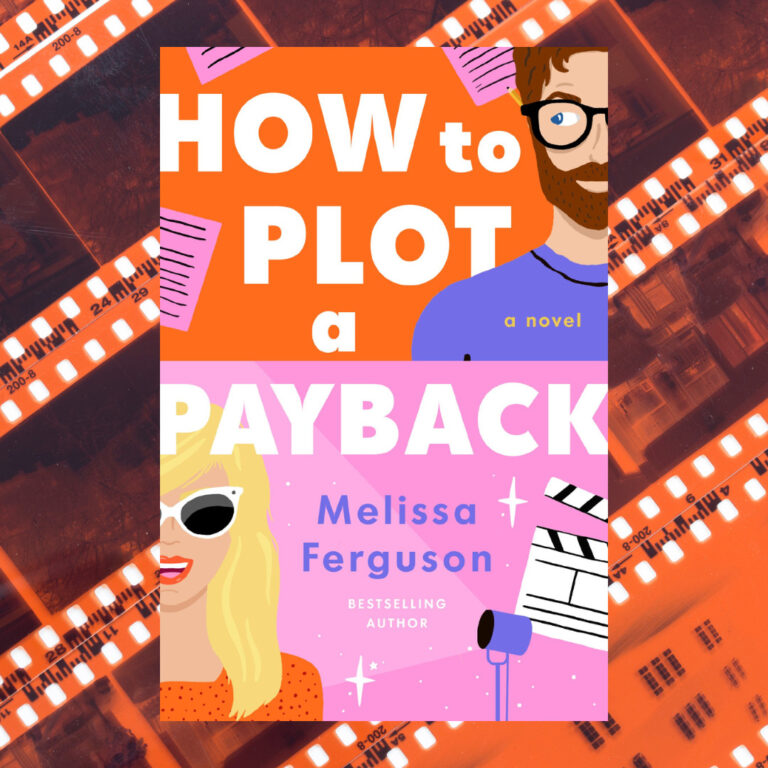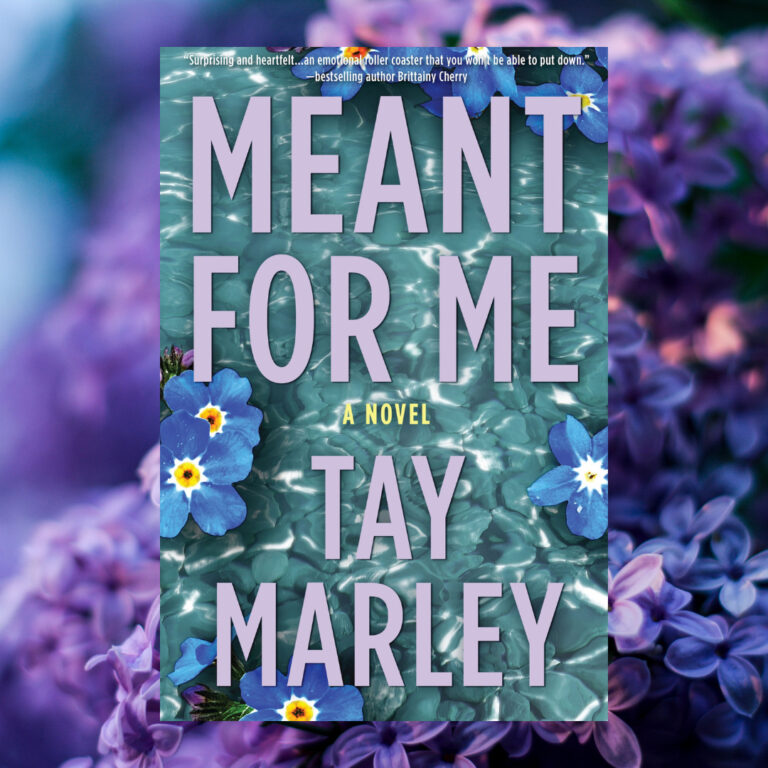My research for my second novel, The Chef’s Secret, about the life of Bartolomeo Scappi, the world’s first celebrity chef, brought me right into the heart of the crazy world of Renaissance food. And while aphrodisiacs have been important to various cultures throughout the centuries, finding ways to attract a mate and enhance sex was especially important to people in 16th century Italy. This was in large part due to the revival of ancient theories to help promote healthy living, which placed a great deal of emphasis on sexuality and fertility (Renaissance thinkers were obsessed with the ancients—in fact the term “Renaissance” refers to the revival of art and literature under classical influences).
We get the word aphrodisiac from Aphrodite, Greek goddess of love. And, in fact, the idea of eating certain foods to promote our amorous natures is one that dates back at least to Ancient Greece, and perhaps even further. Some foods commonly eaten as aphrodisiacs were considered stimulants because of their resemblance to body parts–the sea cucumber in China because of its phallus shape, walnuts in Germany because they resemble testicles. Casanova, the infamous 18th century Italian lover, boasted that he ate 50 oysters every day for breakfast, and it has long been imagined that oysters were aphrodisiacs because of their resemblance to the softer nether parts of a woman.
So, what would you have eaten as an aphrodisiac if you lived in Renaissance Italy? Here are ten foods that would have been considered potent in terms of enhancing love, sexuality and marriage from the 1300s to 1600s:
- Cucumbers – Why? This is a no-brainer: their shape. In fact, this garden vegetable was considered so salacious it was banned in convents and one report from a Venetian envoy to the Ottoman Empire insisted that women in a harem weren’t allowed to have cucumbers unless they were sliced immediately “to deprive them of the means of playing the wantons.”
- Asparagus – It’s phallic, it grows in the virile spring and the evidence of how it affects our physiology is readily apparent when one is in the bathroom afterward. It was commonly recommended for timid newlyweds.
- Truffles – Prized for their rarity, the costly nature of this delicacy was likely the main reason that these mushrooms were prized as an aphrodisiac. Another reason was likely their musky scent, reminiscent of male body odor. Lucrezia Borgia and Catherine de Medici were both ardent fans of the truffle as stimulant.
- Eggs – The ultimate symbol of fertility, Renaissance brides were given a big breakfast of eggs after their first nights as married women.
- Cloves – Not only were cloves a costly spice, but they were also thought to give fire and heat to a woman’s body. Baldassare Pisanelli, a late Renaissance physician from Bologna, gave us a recipe to enhance fertility and the amorous nature of a woman, saying that “4 drams of cloves in milk will greatly increase the power of Venus.”
- Garlic – Throughout most of history garlic has been considered medicinal rather than a food flavoring. Hippocrates prescribed it as an “enhancing agent.” In the Renaissance, it was thought that garlic helped the circulation of blood and the delivery of sperm.
- Fennel – Since Antiquity, this herb has been considered an aphrodisiac that especially excites women, which we now know is due to the plant’s phytoestrogen properties. Unfortunately, though, fennel has the exact opposite effect on men, and beginning in the 1500s the term for fennel, finocchio, was used to refer to a homosexual. This epithet is still in common usage today.
- Arugula/Rocket – This leafy green was sacred to the ancient god Priapus, who was known for his large erection, and thus it is hardly surprising that it became a symbol of virality. While arugula was prescribed by many to help “keep the rod erect,” monasteries and armies banned it, lest it distract the men.
- Artichokes – In the Renaissance, artichokes were thought to have so powerful a hold on a woman’s libido that the Church gave a warning to the masses to keep women away from these edible thistles. But in a treatise on health published in 1576, the physician Bartolomeo Boldo expounded the benefits to both sexes: “It has the virtue of . . . provoking Venus for both men and women; for women making them more desirable and helping the men who are in these matters rather tardy.” And Catherine de Medici, who brought artichokes to France, scandalized the French court with how many she ate.
- Beans – Good for your heart and they make you fart! But it seems the denizens of the Renaissance didn’t mind all that extra wind. In fact, physicians would prescribe these “windy meats” to men who couldn’t get it up, believing that the pressure caused by the beans would inflate the penis and push the sperm to the right place. Romantic, right? Not so much for women, who were counseled not to eat windy meats as they were considered one of the biggest reasons for a barren womb.
Get Crystal King’s The Chef’s Secret out 2/12!
A captivating novel of Renaissance Italy detailing the mysterious life of Bartolomeo Scappi, the legendary chef to several popes and author of one of the bestselling cookbooks of all time, and the nephew who sets out to discover his late uncle’s secrets—including the identity of the noblewoman Bartolomeo loved until he died.












